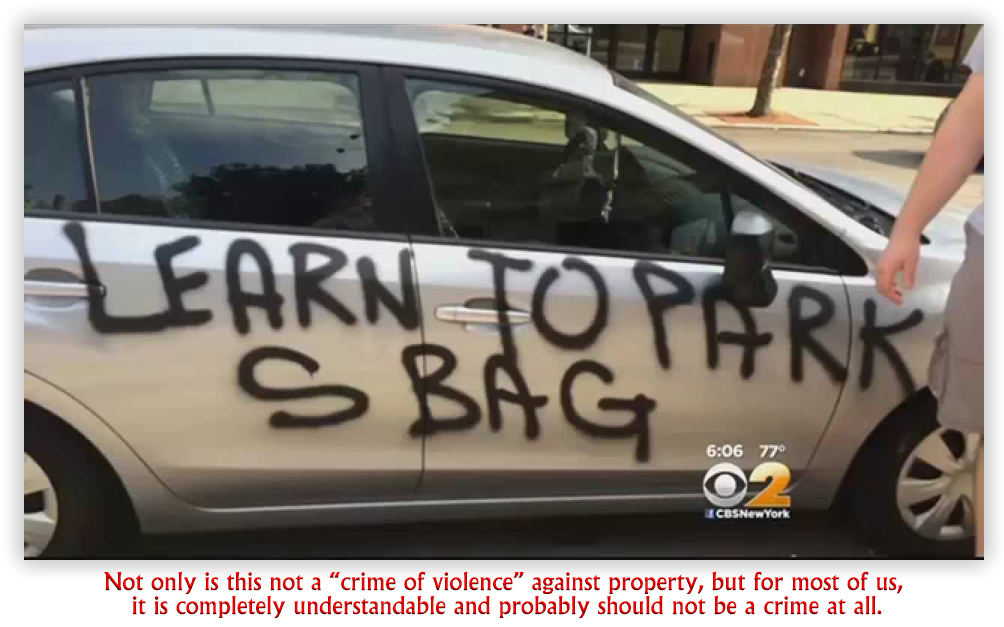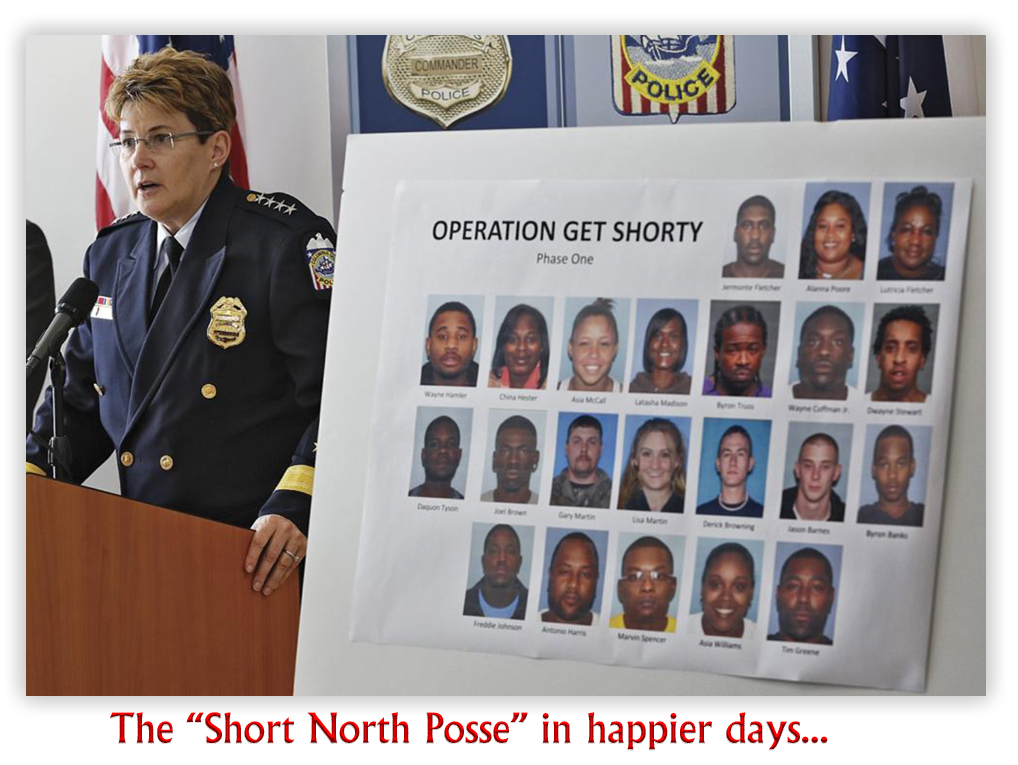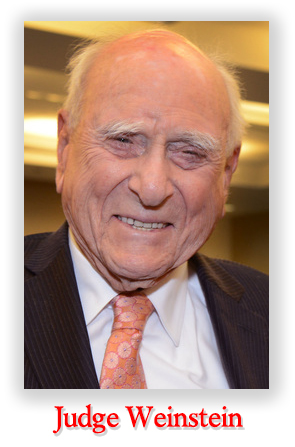We post news and comment on federal criminal justice issues, focused primarily on trial and post-conviction matters, legislative initiatives, and sentencing issues.

DISTRICT COURT GRANTS SENTENCE REDUCTION BECAUSE OF “INJUSTICE” OF ORIGINAL SENTENCE
Since the First Step Act passed 11 months ago, a number of observers (me included) have predicted that changes in the 18 USC § 3582(c)(1)(A)(i) sentence reduction procedures that let a defendant petition the district court directly if the Bureau of Prisons failed to do so could be the most consequential provision in the new law.
 Last week, a district court in Nebraska granted a sentence reduction filed by a defendant whose whopping 895-month sentence for drug trafficking and three stacked 18 USC § 924(c) counts. As you recall, § 924(c) conviction adds a consecutive sentence of at least five years for using or carrying a gun during a drug or violent crime, increasing to a minimum 25 years for a subsequent offense. Due to poor draftsmanship, the statute has been applied so that if a defendant sold pot while carrying a gun on Monday, did it again on Tuesday and again on Wednesday, and then was caught, he or she would face maybe 41 months or so for the pot sales, but a mandatory additional time of five year, 25 years and 25 years, for a whopping 58 years plus in prison. The First Step Act clarified the statute, so that the 25 year subsequent 924(c) offense had to be committed after conviction for a prior offense.
Last week, a district court in Nebraska granted a sentence reduction filed by a defendant whose whopping 895-month sentence for drug trafficking and three stacked 18 USC § 924(c) counts. As you recall, § 924(c) conviction adds a consecutive sentence of at least five years for using or carrying a gun during a drug or violent crime, increasing to a minimum 25 years for a subsequent offense. Due to poor draftsmanship, the statute has been applied so that if a defendant sold pot while carrying a gun on Monday, did it again on Tuesday and again on Wednesday, and then was caught, he or she would face maybe 41 months or so for the pot sales, but a mandatory additional time of five year, 25 years and 25 years, for a whopping 58 years plus in prison. The First Step Act clarified the statute, so that the 25 year subsequent 924(c) offense had to be committed after conviction for a prior offense.
However, to appease the Sen. Tom Cottons (R-Arkansas) of the world, the First Step change was not retroactive. That left a lot of people stranded with unconscionable sentences. People like Jerry Urkevich.
The government opposed Jerry’s sentence reduction motion, arguing that just because he could not have gotten more than 368 months after First Step passed does not make his sentence reduction motion argument “extraordinary and compelling” (as required by the statute). Furthermore, the government argued, even if the defendant’s sentence were cut, he would still have about half of it to serve, making his motion “premature.”
 The court rejected the government’s arguments, noting that the list of “extraordinary and compelling reasons” in Guideline 1B1.13 Note 1 that justify a sentence reduction is not exclusive. Instead, there is a catch-all provision providing that there can be an “extraordinary and compelling reason” other than medical, age or family. That, the judge said, allows a court to consider § 3553(a) factors, as well as criteria in the Sentencing Commission’s policy statement.
The court rejected the government’s arguments, noting that the list of “extraordinary and compelling reasons” in Guideline 1B1.13 Note 1 that justify a sentence reduction is not exclusive. Instead, there is a catch-all provision providing that there can be an “extraordinary and compelling reason” other than medical, age or family. That, the judge said, allows a court to consider § 3553(a) factors, as well as criteria in the Sentencing Commission’s policy statement.
Although the Sentencing Commission has not amended 1B1.13 since First Step passed, the court said it “infers that the Commission would apply the same criteria, including the catch-all provision… and that this Court may use Application Note 1(D) as a basis for finding extraordinary and compelling reasons to reduce a sentence.” Here, the court said, a reduction in sentence was warranted by “the injustice of facing a term of incarceration forty years longer than Congress now deems warranted for the crimes committed.”
The court also rejected the government’s strange and unsupported argument that a sentence reduction cannot be granted unless it results in immediate release. “If this Court reduces the defendant’s sentences on [two 924(c) counts] to 60 months each, consecutive,” the judge wrote, “he will not be eligible for immediate release. His sentence would total 368 months, and he would have served somewhat more than half that sentence. Nonetheless, the Court does not consider the Motion premature. A reduction in the sentence at this juncture will help the defendant and the Bureau of Prisons plan for his ultimate release from custody and may assist him in his pending efforts to seek clemency from the Executive Branch.”
In his Sentencing Law and Policy blog, Ohio State University law professor Doug Berman wrote, “I have made much of a key provision of the First Step Act which now allows federal courts to directly reduce sentences under the (so-called compassionate release) statutory provisions of 18 USC § 3582(c)(1)(A) without awaiting a motion by the Bureau of Prisons. I see this provision as such a big deal because I think, if applied appropriately and robustly, this provision could and should enable many hundreds, and perhaps many thousands, of federal prisoners to have excessive prison sentences reduced.)”
While not precisely a matter of § 3582(c) sentence reduction, the Washington Post reported last week that hundreds of relatives of murder victims, current and former law enforcement officials and former judges have signed letters urging the Trump administration to call off plans to resume federal executions next month.
 The letters, signed by current and former officials across the justice system as well as 175 relatives of murder victims, plead with President Trump and Attorney General William P. Barr to stop the executions, which Barr announced last summer that the Trump administration would resume on Dec. 9. The Justice Dept. said five executions were scheduled in the next two months and that more would follow.
The letters, signed by current and former officials across the justice system as well as 175 relatives of murder victims, plead with President Trump and Attorney General William P. Barr to stop the executions, which Barr announced last summer that the Trump administration would resume on Dec. 9. The Justice Dept. said five executions were scheduled in the next two months and that more would follow.
Victims’ relatives — the largest single group to sign the letters — denounced the death penalty process as wasteful and something that only extends their grieving. “We want a justice system that holds people who commit violence accountable, reduces crime, provides healing, and is responsive to the needs of survivors,” they write. “On all these measures, the death penalty fails.”
United States v. Urkevich, 2019 U.S. Dist. LEXIS 197408 (D.Neb. Nov. 14, 2019)
Sentencing Law and Policy, Another District Court finds statutory sentence reform among “extraordinary and compelling reasons” for reducing sentence by 40 years under 18 U.S.C. § 3582(c)(1)(A) (Nov. 16)
Washington Post, Hundreds of victims’ relatives, ex-officials ask Trump administration to halt federal executions (Nov. 12)
– Thomas L. Root





















